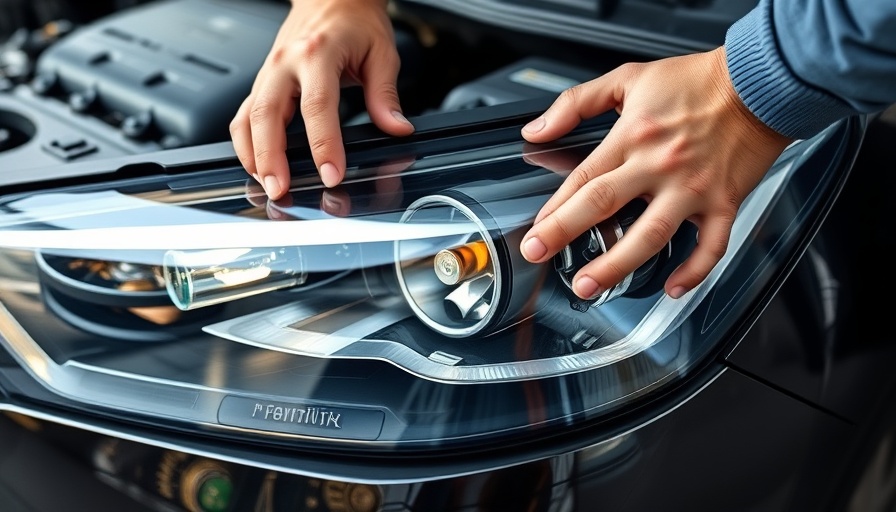
Understanding the New Car Theft Technique
In recent years, car theft has taken an alarming turn, with tech-savvy criminals modifying their methods to keep up with advanced vehicle security. The latest trend highlights how thieves are targeting headlights to gain entry into vehicles. This modern twist on vehicle theft sends a chill down the spine of every car owner, particularly as more than a million vehicles were stolen in the U.S. last year alone. Despite improved security features, car thieves continue to exploit vulnerabilities, using ingenious methods to bypass these defenses.
How Thieves Access Your Vehicle Through Headlights
The ingenious method of stealing a car through its headlights involves a crafty device that manipulates the vehicle’s security system. Thieves pull back parts of the front end to access the headlight wiring harness, where they connect a homemade electronic device designed to emit fake error codes. These codes trick the car’s security into thinking there is a legitimate fault, allowing the thief to issue a valid key signal. From that point, steering the vehicle away becomes a mere formality as traditional theft methods like hot wiring become obsolete.
Real-Life Impacts: A Victim’s Perspective
Consider John, a recent victim of this type of theft. He parked his car in what he thought was a safe neighborhood and returned only to find it gone. After a police report and insurance claim, he learned that his car was stolen using the very method described above. John's experience serves as a cautionary tale underscoring the need for heightened awareness and proactive security measures among vehicle owners.
How to Protect Yourself from This New Threat
To combat this innovative form of car theft, vehicle owners can take several steps to enhance their car's security:
- Invest in Aftermarket Security Systems: Consider installing a secondary alarm system that is triggered when access points are tampered with.
- Use Steering Wheel Locks: These physical deterrents can slow down thieves and serve as a visible warning against theft.
- Park Smart: Always park in well-lit areas and invest in a car cover or parking permit in monitored lots if possible.
Moreover, manufacturers should also consider enhancing vehicle complexities to deter such thefts.
The Evolving Landscape of Car Theft
As we move further into a technology-driven era, the automotive security landscape evolves concurrently. Disruptions in automotive industry norms—combined with the growing sophistication of thieves—engender a persistent cat-and-mouse game where updates and security responses must keep pace with burgeoning threats. The problem underscores a paradox: as technology advances in vehicles, so too does the intelligence of criminals. Staying informed and proactive is imperative for all car owners.
Final Thoughts
With the increasing prevalence of vehicle theft through innovative techniques, it's both critical and practical to stay informed about the risks involved. As car owners become more literate about potential vulnerabilities, the community at large must respond with better precautions and robust preventative measures. Safety isn’t just a matter of chance; informed decisions and proactive steps are vital in protecting your vehicle from today's cunning thieves.



Write A Comment